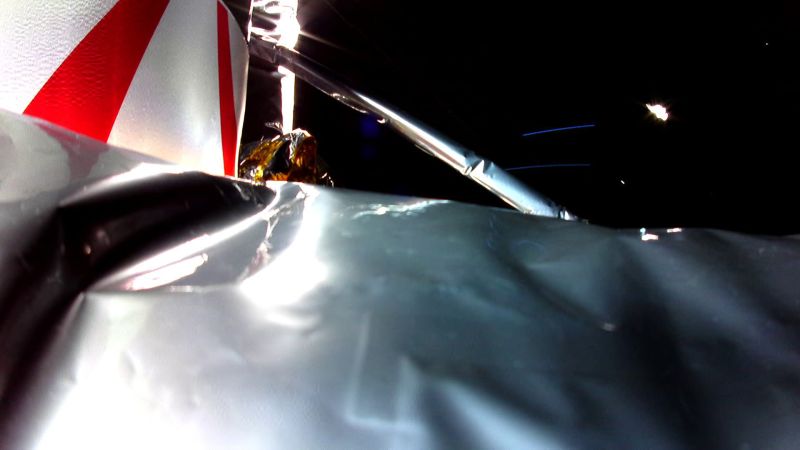
The Fiery End of the Peregrine Lunar Lander: A Setback for US Space Exploration

The failed Peregrine lunar lander, the first US spacecraft to attempt a moon landing in five decades, met a fiery end over the Pacific Ocean. This article delves into the details of the mission, the setbacks encountered, and the implications of the failed mission for Astrobotic and NASA.
The Fiery End
The failed Peregrine lunar lander, a significant milestone in US space exploration, has met a fiery end over the Pacific Ocean. After a journey of hundreds of thousands of miles and battling a propellant issue, the spacecraft's fate was sealed as it reentered the Earth's atmosphere over the remote South Pacific Ocean.
(1/4) We've received the first image from Peregrine in space! The camera utilized is mounted atop a payload deck and shows Multi-Layer Insulation (MLI) in the foreground.
Astrobotic Technology, the company behind the development of the Peregrine lander, confirmed the spacecraft's demise, stating that it lost contact with the vehicle moments before the planned reentry time. The company indicated that the vehicle completed its controlled re-entry over open water in the South Pacific, awaiting independent confirmation from government entities.
Critical Setbacks and Shift in Course
The Peregrine lander, launched atop a Vulcan Centaur rocket, encountered critical setbacks shortly after its successful launch. The spacecraft suffered a severe issue with its onboard propulsion systems, leading to a fuel leak and leaving it without enough gas to make a soft touchdown on the moon.
As a result, Astrobotic directed the spacecraft to operate as a satellite, testing its scientific instruments and other systems as it continued its journey. Ultimately, the decision was made to dispose of the vehicle by crashing it into Earth's atmosphere at high speeds.
Implications of the Failure
The loss of the Peregrine lander represents a setback for both Astrobotic and NASA. The mission, made possible through a partnership between the two organizations, incurred significant costs, with NASA providing financial support to aid Astrobotic in its development efforts.
While the failure of the Peregrine mission is a setback, NASA has partnerships with other companies developing robotic lunar landers, offering alternatives for conducting lunar research. The Commercial Lunar Payload Services program is designed to facilitate relatively cheap missions to the moon, breaking the paradigm and paving the way for new opportunities in space exploration.








